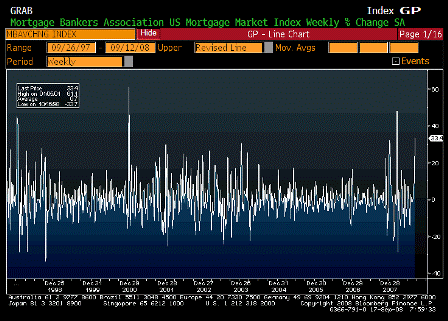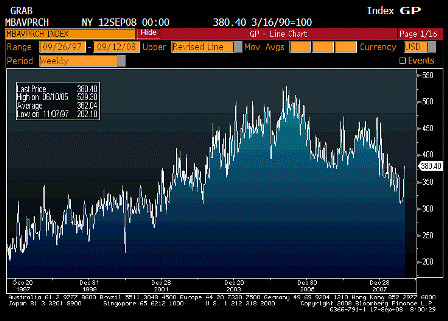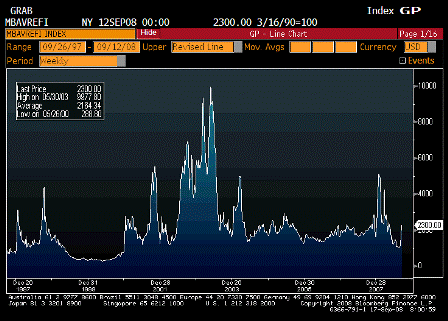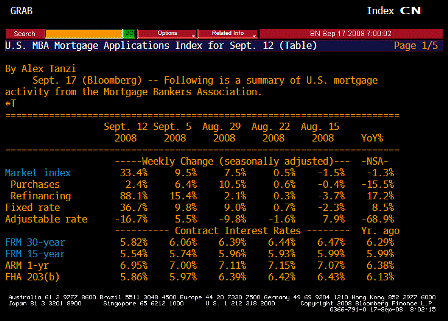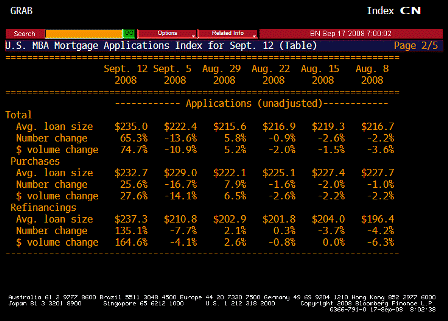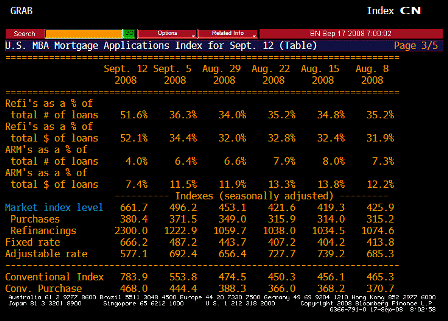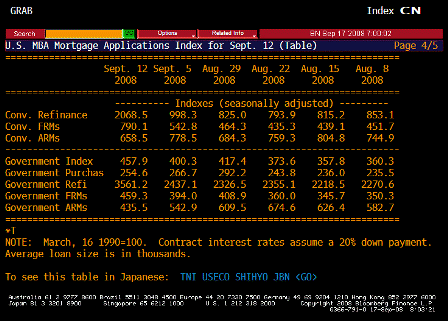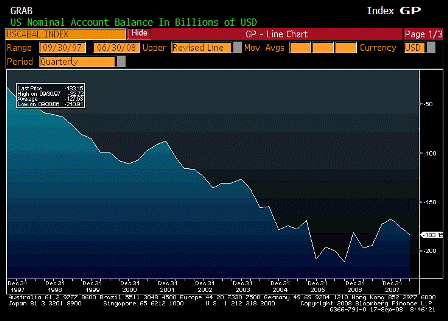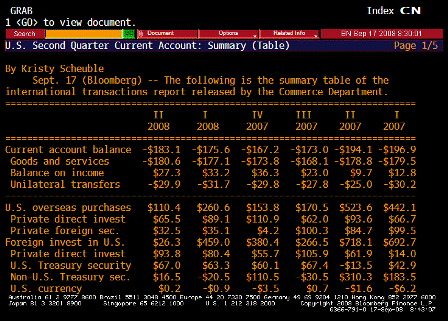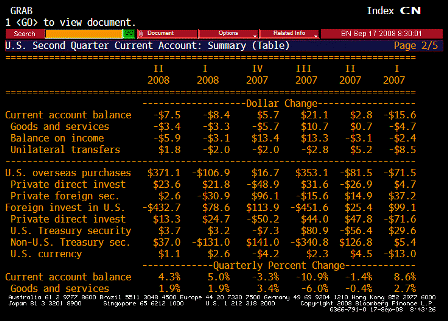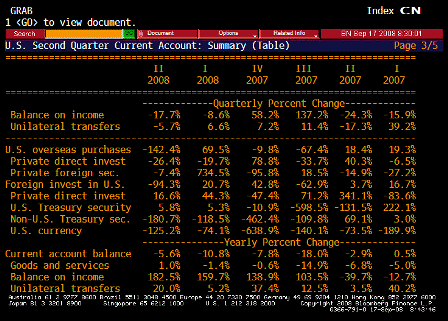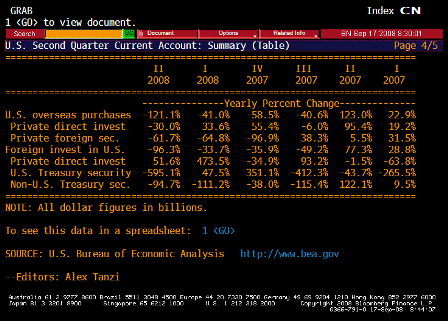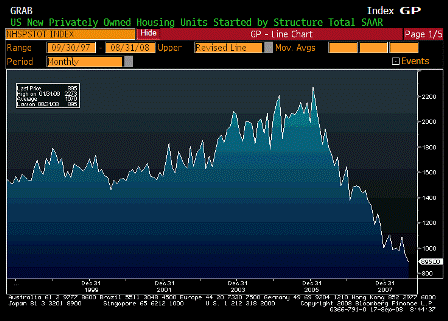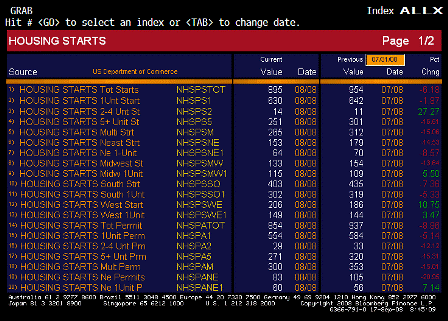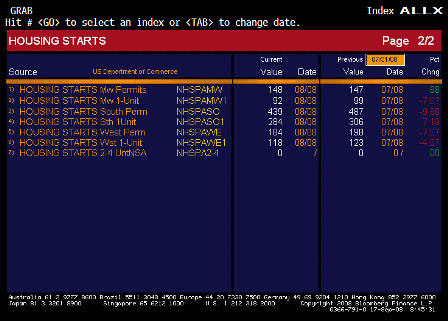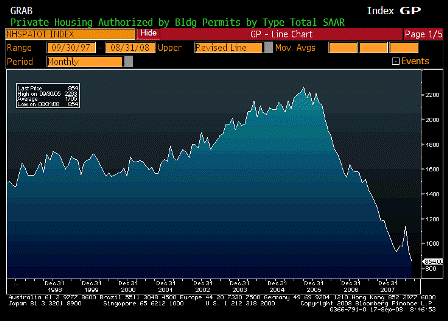[Skip to the end]
>
> On Wed, Sep 17, 2008 at 8:54 AM, Pat wrote:
>
> Summary of Michael Cloherty (BoA) assessment this morning:
>
> Following Reserve’s Primary Money Mkt Fund breaking the buck, we are looking
> at possible structural changes to the funding markets depending on how the
> money investor’s perception of Money Mkts funds safety is. Massive
> withdrawals from this $4.6 trillion market could be devastating most of the
> money would go to T-bills and bank deposits.
>
all the t bills are already sold so what it does is bid up t bills to new indifference levels. quantity stays the same
yes, bank deposits would go up, and banks would invest in what the money funds were investing in, though perhaps at different spreads
the move to money markets was a disintermediating event.
instead of putting funds in banks, they put them in money funds
since ‘loans create deposits’ this changed the entire financial landscape
repo, commercial paper and other funding instruments replaced bank lending to create the newly desired money fund balances.
>
> This is rattling the repo markets which were already under enormous pressure.
> The repo market relies on the MMKT funds cash to back it. “If withdrawals are
> large enough we will head towards a bank financed system (as if balance sheets
> weren’t crowded enough already). Liquidity could get worse”.
>
with the falling desire for money fund balances vs bank deposits funding returns to the banking system.
>
> At the very least money market funds will be defensive and cash will be
> expensive in the mornings as they switch to O/N repos and CP.
>
yes, it’s all returning to bank funding at the moment, which means wider spreads for borrowers
we are now in the endgame of the great repricing of risk as previous business models go by the wayside and new ones emerge.
warren
>
> -Pat–
>
[top]

